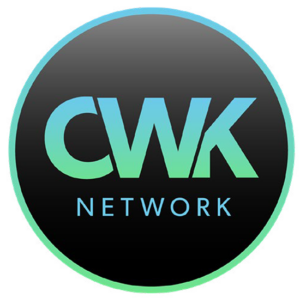
Self-Awareness
Family Resources on Mnemonics Teach One
Project and Purpose
Students analyze an article about mnemonics and create 3-5 original mnemonics.
Essential Questions
How do mnemonics and teaching help us remember and learn information?

If this lesson was used in the classroom: Students practiced and analyzed various mnemonic techniques that could be used to help learn new information. In class students read an article about ways to use mnemonic techniques and analyzed various methods to learn new information. In groups students developed a useful mnemonic idea and presented their idea to the class.
Getting Ready for the Conversation
Learning new ways to manipulate new ideas and information is an essential skill during the high school years and beyond. In this lesson students came up with an original mnemonic technique and presented it to the rest of the class.
Conversation notes:
Using an acronym to help remember information is a common mnemonic technique, middle school geography teachers often teach students the word HOMES to remember the names of the Great Lakes-Huron, Ontario, Michigan, Erie, and Superior. For a real-world example of the use of mnemonics take a look at this article from Excelsior University about how nurses use mnemonic checklists to evaluate patients:
https://www.excelsior.edu/article/the-benefits-of-mnemonics-in-nursing
Constructive Conversation Starters
The first item is for follow-up after participating in class activities.
Tell us about a really good mnemonic technique. Why do you think this would be useful?
What were some other useful mnemonic techniques that were discussed? Why were these useful?
How do you approach learning new information? Is your approach effective? Why do you believe so?
Do you ever feel overwhelmed with new information you are learning in school? What support do you think you need? Why?
School to Home Resources on Mnemonics Teach One
Materials
- Post-it notes and writing instruments
- Copies of the article “Mnemonics: Making the Forgettable Memorable” by Joe Kirby
- Article analysis sheet
- Mnemonics examples
- Paper/pens or computer writing program
Lesson Plan
Interactive Reflections and Lesson Plans often cover broader themes than the competency named. All CWK stories are multi-faceted and are meant to prompt deep conversation.
Teacher
Note: This lesson will take more than one classroom session.
1. Tell students that research tells us that there are two particularly good ways to help our brains remember and learn: mnemonics and teaching others. Explain that in this session, they will create mnemonics to teach.
2. Ask the class if they have ever used mnemonics in their school experiences. If helpful, use the Mnemonics Examples slide/handout to support their memories. Encourage them to think of how their teachers have used mnemonics help them learn information and/or processes in other subjects, how their coaches used mnemonics to help them remember plays, how their directors used mnemonics to help them remember their lines or their lyrics, etc.
3. Ask them to think of some things they have learned this year that require a lot of memorization and collect a list on the board. These can be from any area of their lives: school, arts, teams, work, community organizations, etc. Call this list “Things Learned” and tell them this list will be the fodder for their project.
4. Have the students vote on four to six topics from the “Things Learned” list created in step #3. Assign one of the “Things Learned” to a different space in the room and have students select the group they wish to work with. Alternatively, teachers can determine how to organize students into working groups.
5. Distribute the article “Mnemonics: Making the Forgettable Memorable” by Joe Kirby and tell students they will use the article to guide their creation of mnemonics. (Note: A worksheet is provided to help structure their analysis of the article, should your students need it.)
6. After they have read and discussed the article, tell groups they will create an original mnemonic to help them teach the other class groups how to remember their “Thing.” Encourage them to use the “Four Principles of Creating Mnemonics” from the article to guide their planning.
7. Each group must create:
- The purpose for needing to remember this information
- An original mnemonic
- A visual representation of the mnemonic (this can take any form you wish: a poster, a digital poster or slide, a human tableau—student choice)
- A presentation for the large group
8. Give them the rest of the class to create and plan. Teachers should determine the amount of time groups will have to plan their presentation and set the date and order of presentations.
9. On presentation day, remind the large group of appropriate “audience” behavior
Conclusion
When all groups have presented, close with a discussion: How do mnemonics and teaching help us remember and learn information?


